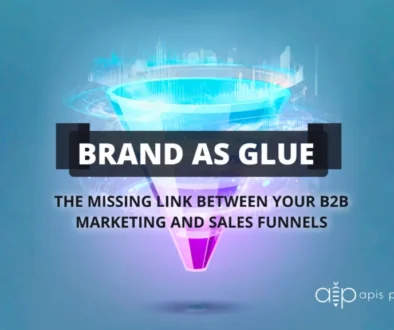Top 7 Website Design Trends for 2018
As we kick off this new year, the predictions for design trends have been unveiled. Here are the ones we think are going to be most important:
- Custom Illustrations: Illustrations can be very powerful in bringing more abstract concepts to vivid life. And, it’s worth noting that illustrations can also nicely address some of the representational challenges posed by photography. We all build our online presence for a staggeringly diverse array of human beings — but the moment you capture a photo of a real human being and pop that photo into your website, that human being personifies your user. And leaves all other users unrepresented. Here’s a good example.
- More adventurous colors: vibrant, saturated colors are expected to be the big trend in 2018. While in the past many brands and designers were stuck with web-safe colors, more designers are becoming courageous in their approach to color—including super-saturation and vibrant shades.
- More organic and oblique shapes: Now, every app from Google Now to Twitter to Facebook boasts almost aggressively rounded corners on their cards, input boxes, profile avatars, and more. But designers aren’t just turning to organic curves in their never-ending search for a way out of the box. Many simply give those boxes a twist out of their usual 90° angles, freshening up their designs with a simple change of perspective.
- Pervasive interactions & animations: Increasingly, as you scroll through the web, information isn’t just presented for your approval, but slides up into your awareness, calling attention to itself piece by piece. Done right, even a subtle animation can direct the visitor’s attention to the right content at the right time, helping ensure they don’t miss vital lines of copy, or a conversion-driving form. Here’s a good example.
- Page transitions: In a web full of beautiful animations with the potential to clearly tell us “something has changed on this page,” it’s always felt a little odd that moving from one page to another feels pretty much the same, no matter what website you’re on. A state-change animation might sweep you away from one page, and another greet you on the new page, but those are discreet, with nothing necessarily linking them. The transition itself looks like any other switch from page to page: things go blank for a sec, then the new page loads in. Nothing fancy. But we’re starting to see more and more sites make that change in state something beautiful to behold. Here’s a good example.
- Bottom menus and sticky elements: Fixed navigation has become a mainstay of sites. It’s a nice way to simplify the experience of a site by keeping navigational controls constantly at the user’s fingertips. Lately, we’re seeing designers take the idea a step further by visually detaching the navigation from the rest of the site design, and moving it a bit below the browser’s chrome. This reinforces the feeling that the navigation is a global object, not necessarily a part of any one page, but there to follow you reassuringly through the site.
- Asymmetrical and broken grids: One big change in 2017 was the introduction of asymmetrical and unconventional ‘broken’ layouts, and this web trend will still be going strong in 2018. The appeal of the asymmetrical layout is that it is unique, distinctive and sometimes experimental.




